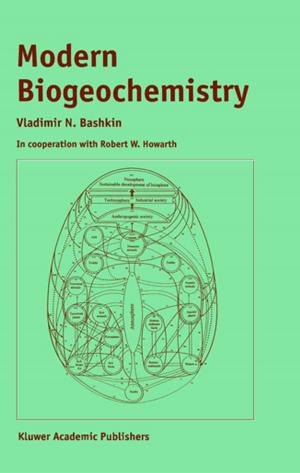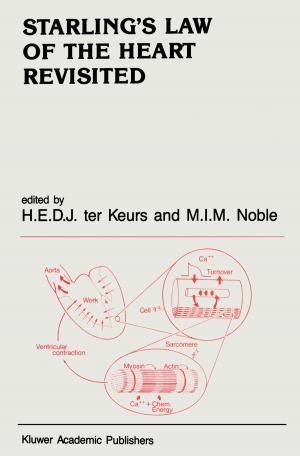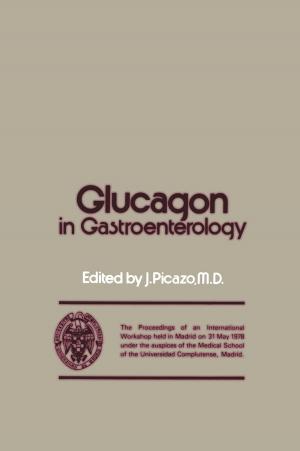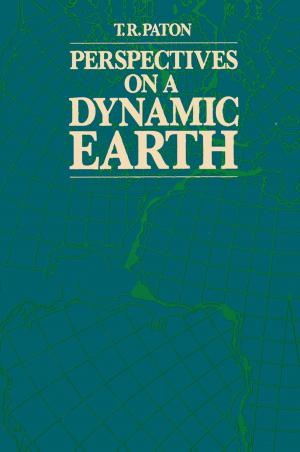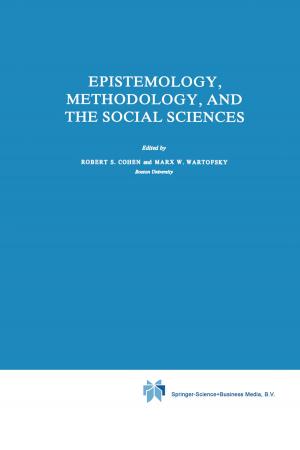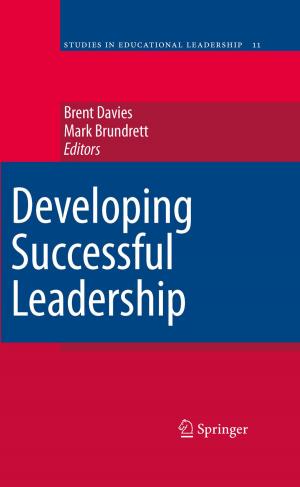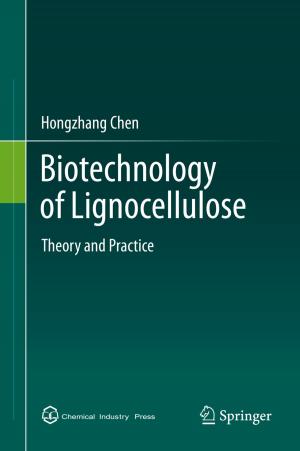MACPF/CDC Proteins - Agents of Defence, Attack and Invasion
Nonfiction, Science & Nature, Science, Chemistry, General Chemistry, Health & Well Being, Medical| Author: | ISBN: | 9789401788816 | |
| Publisher: | Springer Netherlands | Publication: | May 5, 2014 |
| Imprint: | Springer | Language: | English |
| Author: | |
| ISBN: | 9789401788816 |
| Publisher: | Springer Netherlands |
| Publication: | May 5, 2014 |
| Imprint: | Springer |
| Language: | English |
This book focusses on evolutionary, structural and functional aspects of pore-forming proteins, bringing together prominent researchers in the fields of structural biology and cellular and biophysical techniques. The focus is on the MACPF/CDC protein super family that was originally discovered because of unexpected structural similarity between a domain present in bacterial cholesterol-dependent cytolysins (CDC) and proteins of the membrane attack complex/perforin (MACPF) family. Members of the MACPF/CDC super family are crucial for many biological processes, being efficient agents of development, defence, attack and invasion of cells and tissues. However, their best-known role is in bacterial pathogenesis and the proper functioning of the vertebrate immune system, via formation of transmembrane pores in target cell membranes.
The book contains chapters on the distribution of MACPF/CDC proteins and on aspects of their evolution and structural properties, the similarities between different super family members and functional properties of some of the best known examples. The book also contains an overview of biophysical approaches that may be used in the future to provide further insights into how these interesting proteins function.
This book focusses on evolutionary, structural and functional aspects of pore-forming proteins, bringing together prominent researchers in the fields of structural biology and cellular and biophysical techniques. The focus is on the MACPF/CDC protein super family that was originally discovered because of unexpected structural similarity between a domain present in bacterial cholesterol-dependent cytolysins (CDC) and proteins of the membrane attack complex/perforin (MACPF) family. Members of the MACPF/CDC super family are crucial for many biological processes, being efficient agents of development, defence, attack and invasion of cells and tissues. However, their best-known role is in bacterial pathogenesis and the proper functioning of the vertebrate immune system, via formation of transmembrane pores in target cell membranes.
The book contains chapters on the distribution of MACPF/CDC proteins and on aspects of their evolution and structural properties, the similarities between different super family members and functional properties of some of the best known examples. The book also contains an overview of biophysical approaches that may be used in the future to provide further insights into how these interesting proteins function.


